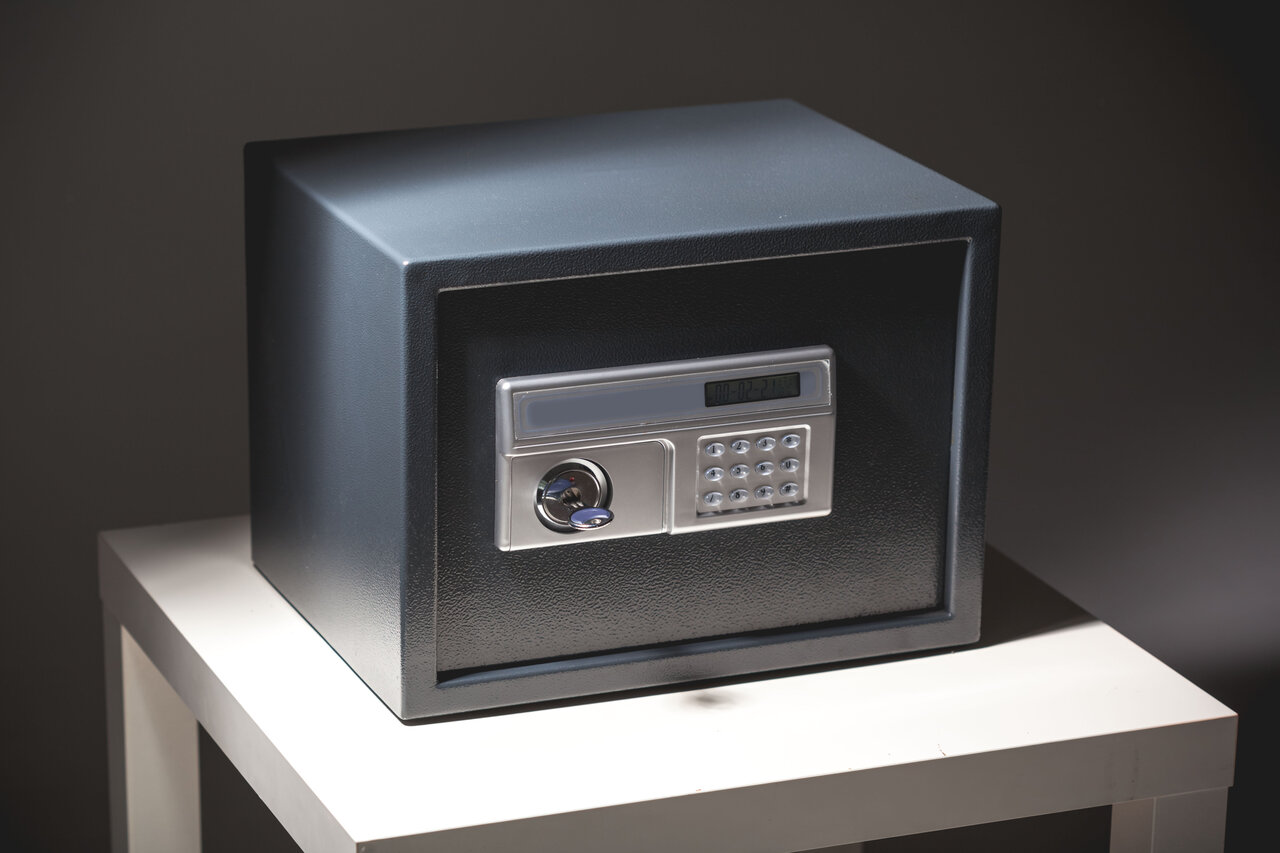Safeguarding your valuable belongings, important documents, and sensitive data is a priority for both residential and commercial property owners. Selecting the right safe is crucial for the security of your possessions, and understanding how to operate and maintain your safe can prevent potential threats and costly mishaps.
As your residential and commercial locksmith specialist, All Secure Locksmiths provides professional expertise and guidance when it comes to the world of safes, ensuring that you have the knowledge and tools necessary to make informed decisions.
In this comprehensive guide, we will cover the essentials of choosing the right safe for your home or business, considering factors such as size, fire rating, security level, and placement. We’ll also share essential tips for maintaining and operating your safe, maximising its lifespan, and ensuring the ongoing protection of your valuables. All Secure Locksmiths is dedicated to providing educational, informative, and unique content that empowers you to make the best choices for your property’s security.
1. Selecting the Right Safe: Key Factors to Consider
Selecting the appropriate safe involves evaluating multiple factors that ensure the security of your valuables. Assess the following elements while choosing a safe for your home or business:
– Size: Determine the space required to store your valuables, accounting for any projected future additions. Consider the physical dimensions of the safe and ensure it fits in your desired location.
– Lock type: Safes can feature key locks, combination locks, electronic locks, or biometric locks. Weigh the pros and cons of each lock type to select one that best aligns with your security preferences.
– Fire rating: Safes with a fire rating can withstand high temperatures for a specified duration. Choose a fire-rated safe to protect important documents and sensitive items from potential damage.
– Security level: Evaluate the level of protection you need based on the type and value of the contents you plan to store. High-security safes offer greater resistance to forced entry and lock picking attempts.
2. Safe Installation: Placing the Safe for Optimal Security
Proper installation and placement of your safe play a critical role in maximising its security. Follow these tips for optimal safe installation:
– Concealment: To prevent potential thieves from spotting your safe, consider placing it in a concealed area, such as behind a bookshelf or inside a wardrobe.
– Anchoring: Safes must be securely anchored to the floor or wall to prevent removal. Consult a professional locksmith to ensure the safe is properly anchored and installed.
– Environmental factors: Avoid installing your safe in areas prone to dampness or flooding. Safes with climate control features can help protect delicate items when exposure to moisture is unavoidable.
3. Maintaining Your Safe: Best Practices for Ongoing Protection
Regular maintenance is essential to ensure the continued security and functionality of your safe. Adopt the following best practices to maximise your safe’s lifespan:
– Regular inspections: Conduct routine checks of your safe’s exterior and locking mechanisms for signs of wear, corrosion, or damage. Address any issues promptly to avoid a decline in security.
– Cleaning: Keep the safe clean by regularly removing dust and debris from the lock and door mechanisms. Use a soft cloth and a gentle cleaner approved by the safe manufacturer.
– Lubrication: Locks and bolts should be lubricated periodically to ensure smooth operation. Apply a recommended lubricant following the manufacturer’s guidelines.
– Professional servicing: Schedule periodic servicing from a professional locksmith to assess the safe’s functionality, update the locking system if needed, and provide expert maintenance advice.
4. Operating Your Safe: Tips for Secure and Efficient Access
Safe operation is key to ensuring the security of your valuables. Develop good habits and follow best practices when accessing your safe:
– Memorise the combination: To prevent unauthorised access, avoid writing down your safe’s combination. Instead, commit it to memory and change it periodically if necessary.
– Close the door properly: When closing your safe, ensure the handle is turned completely, and the lock is engaged. Make this a routine habit to avoid inadvertently leaving the safe unlocked.
– Limit access: Only provide the safe’s access information to a select few individuals who require it. Regularly review and update the list of authorised personnel, especially in the event of employee changes.
– Keep a secondary record: In the event of forgotten combinations or lost keys, it’s crucial to have a secondary record of the access information stored in a secure location or with a trusted individual.
Final Thoughts
Choosing and maintaining the right safe for your home or business is instrumental in protecting your valuable assets and ensuring peace of mind. With the help of an experienced locksmith like All Secure Locksmiths, you can make a well-informed decision on the optimal safe and enjoy professional installation, maintenance, and guidance.
By considering your unique security requirements, selecting a safe that meets your needs, and adhering to best practices in installation, maintenance, and operation, you can ensure your valuables remain protected and accessible for years to come.
Secure your valuables with the right safe, expertly installed and maintained by All Secure Locksmiths. Contact us today for professional advice and complete lock and safe services for your home or business!


